Home>Furniture & Design>Interior Design Trends>How To Clean Hard Water Off Glass
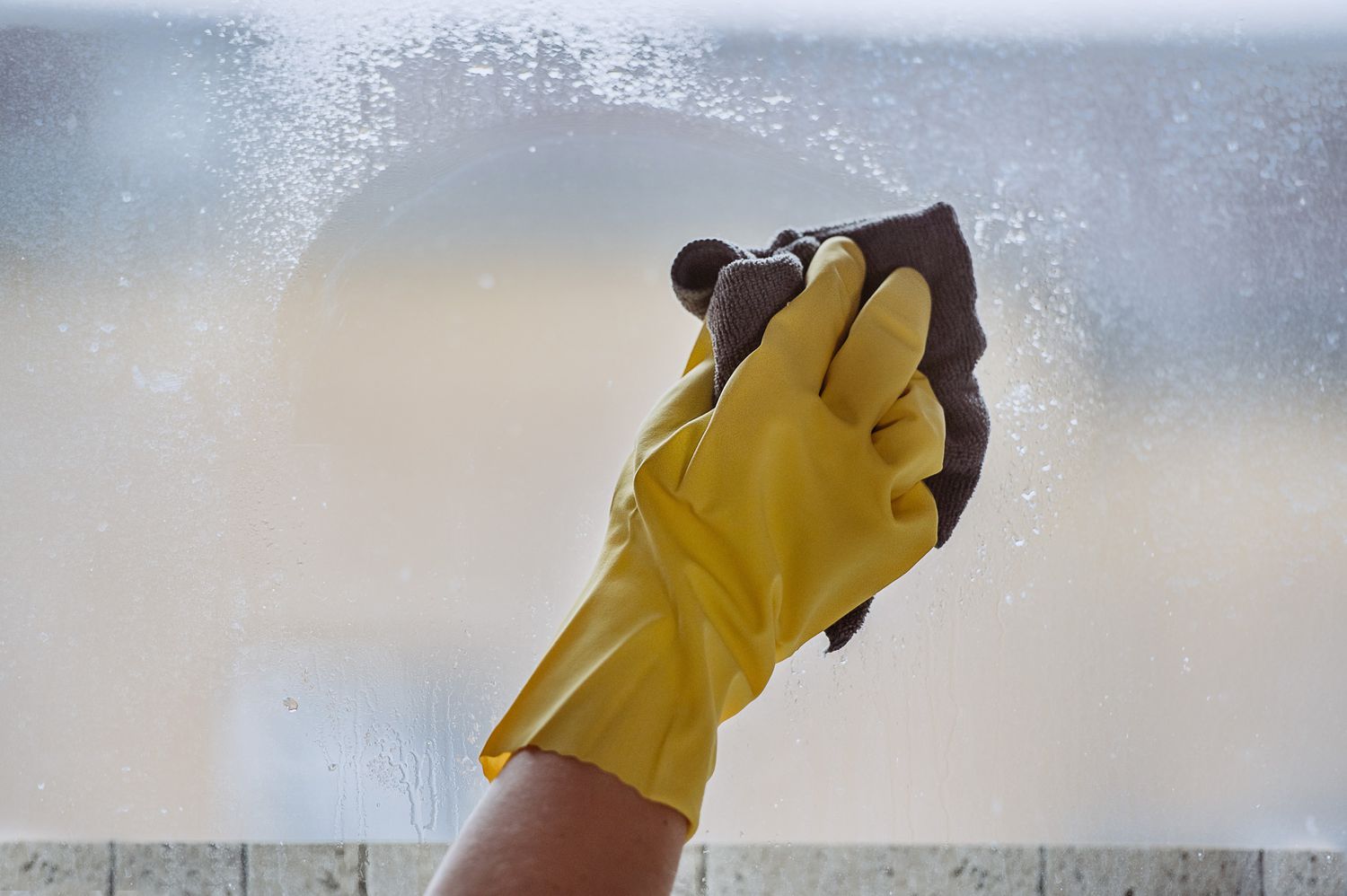

Interior Design Trends
How To Clean Hard Water Off Glass
Modified: October 18, 2024
Learn effective techniques for removing hard water stains from glass surfaces. Discover the latest interior design trends for a sparkling, clear space.
(Many of the links in this article redirect to a specific reviewed product. Your purchase of these products through affiliate links helps to generate commission for Storables.com, at no extra cost. Learn more)
Introduction
Dealing with hard water stains on glass surfaces can be a frustrating and challenging task. Whether it's the shower doors, windows, or glassware, these stubborn mineral deposits can mar the appearance of the glass and diminish its transparency. However, with the right techniques and cleaning solutions, you can effectively restore the pristine clarity of glass and prevent future buildup.
Hard water stains are caused by the mineral content in water, primarily consisting of calcium and magnesium. When water evaporates, these minerals are left behind, creating unsightly spots and streaks on the glass surface. Over time, if left untreated, these stains can become increasingly difficult to remove, requiring more intensive cleaning methods.
In this comprehensive guide, we will delve into the intricacies of tackling hard water stains on glass. From understanding the nature of these stains to the step-by-step cleaning process, you will gain valuable insights into restoring the luster of your glass surfaces. Additionally, we will explore preventive measures to minimize the recurrence of hard water stains, ensuring that your glass remains crystal clear and visually appealing.
By following the methods outlined in this guide, you can achieve remarkable results and elevate the overall aesthetic of your living spaces. With the right tools, cleaning solutions, and techniques at your disposal, you can effectively combat hard water stains and maintain the pristine condition of your glass surfaces. Let's embark on this journey to transform your glass from cloudy and blemished to sparkling and immaculate.
Key Takeaways:
- Say goodbye to hard water stains on glass by using a mixture of white vinegar and distilled water, along with gentle scrubbing. This will restore the glass’s pristine clarity and transparency.
- Prevent future hard water stains by incorporating regular maintenance, squeegee usage, water softening systems, vinegar rinses, protective coatings, and filtered water for cleaning. These proactive measures will keep your glass surfaces sparkling and free from unsightly mineral deposits.
Read more: How To Clean Water Marks Off Glass
Understanding Hard Water Stains
Hard water stains, also known as mineral deposits, are a common nuisance that plagues glass surfaces in many households. These stains are caused by the mineral content present in hard water, primarily consisting of calcium, magnesium, and other dissolved minerals. When hard water comes into contact with glass surfaces and subsequently evaporates, it leaves behind these mineral deposits, resulting in unsightly spots, streaks, and a cloudy appearance.
The mineral deposits adhere to the glass, creating a stubborn layer that can be challenging to remove with regular cleaning methods. Over time, if left untreated, these stains can become more pronounced and increasingly difficult to eliminate, requiring more intensive cleaning techniques.
Understanding the nature of hard water stains is crucial in effectively addressing and preventing their recurrence. By recognizing the underlying causes and characteristics of these stains, you can tailor your cleaning approach to achieve optimal results. Additionally, gaining insight into the composition of hard water and its impact on glass surfaces empowers you to implement preventive measures, preserving the clarity and pristine condition of your glass.
In essence, hard water stains are a manifestation of the mineral content present in water, and their removal requires targeted cleaning solutions and techniques to dissolve and eliminate the stubborn deposits. By comprehending the intricacies of these stains, you can embark on a proactive journey to restore the transparency and visual appeal of your glass surfaces, ensuring they remain free from the detrimental effects of hard water.
Tools and Materials Needed
To effectively tackle hard water stains on glass surfaces, you will require a specific set of tools and materials designed to facilitate the cleaning process. Equipping yourself with the right resources ensures that you can address the stains comprehensively and achieve optimal results. Here's a detailed overview of the essential tools and materials needed for this endeavor:
1. White Vinegar
White vinegar is a versatile and effective cleaning agent that serves as a cornerstone in combating hard water stains. Its acidic nature enables it to dissolve mineral deposits, making it an indispensable component of the cleaning solution. Additionally, white vinegar is non-toxic and environmentally friendly, making it a preferred choice for glass cleaning.
2. Distilled Water
Using distilled water in the cleaning solution helps prevent the introduction of additional mineral deposits onto the glass surface. Unlike tap water, which may contain varying mineral content, distilled water ensures that the cleaning process is not compromised by the presence of additional minerals.
3. Spray Bottle
A spray bottle facilitates the even application of the cleaning solution onto the glass surface. It allows for targeted and controlled dispensing of the solution, ensuring thorough coverage of the affected areas.
4. Microfiber Cloth
A high-quality microfiber cloth is essential for scrubbing and wiping the glass surface. Its fine fibers effectively capture and remove loosened mineral deposits without leaving behind lint or streaks, contributing to a streak-free and polished finish.
5. Plastic Scraper or Razor Blade
For more stubborn and ingrained hard water stains, a plastic scraper or razor blade can be used to gently remove the deposits from the glass surface. Care must be taken to avoid scratching the glass, and these tools should only be used when necessary.
6. Baking Soda (Optional)
In cases where the stains are particularly stubborn, baking soda can be used as an abrasive agent in conjunction with the cleaning solution. Its mild abrasive properties aid in dislodging persistent mineral deposits, enhancing the effectiveness of the cleaning process.
Read more: How To Get Hard Water Stains Off Bathtub
7. Protective Gloves
When handling cleaning solutions and engaging in scrubbing activities, protective gloves are recommended to safeguard your skin from prolonged exposure to the cleaning agents and to ensure a safe and comfortable cleaning experience.
By assembling these essential tools and materials, you are well-equipped to embark on the journey of removing hard water stains from glass surfaces effectively. Each item plays a crucial role in the cleaning process, contributing to the overall success of restoring the clarity and pristine condition of the glass. With these resources at your disposal, you can proceed with confidence, knowing that you have the necessary arsenal to combat hard water stains and rejuvenate your glass surfaces.
Step 1: Preparing the Glass Surface
Before embarking on the process of removing hard water stains from glass, it is essential to prepare the glass surface adequately. Proper preparation sets the stage for a thorough and effective cleaning process, ensuring that the subsequent steps yield optimal results. Here's a detailed overview of the key steps involved in preparing the glass surface for stain removal:
1. Clearing the Area
Begin by clearing the surrounding area to create a conducive and unobstructed workspace for the cleaning process. Remove any objects, such as toiletries, decorative items, or personal belongings, from the vicinity of the glass surface. This minimizes the risk of accidental damage to items and ensures that the entire glass area is easily accessible for cleaning.
2. Ventilation
Ensure adequate ventilation in the cleaning area to facilitate air circulation and promote a comfortable environment for the cleaning process. Open windows or turn on exhaust fans to allow fresh air to flow through the space, reducing the concentration of cleaning solution fumes and promoting a more pleasant cleaning experience.
3. Protective Measures
Prioritize safety by donning protective gloves to shield your hands from prolonged exposure to cleaning solutions and potential abrasions during the scrubbing process. Additionally, consider wearing protective eyewear to safeguard your eyes from any splashes or airborne particles that may arise during the cleaning activities.
4. Mixing the Cleaning Solution
Prepare the cleaning solution by combining white vinegar and distilled water in a spray bottle. The recommended ratio is equal parts of white vinegar and distilled water, ensuring a potent yet safe cleaning solution. Thoroughly mix the solution by gently shaking the spray bottle to achieve a homogeneous blend, ready for application onto the glass surface.
5. Test Patch
Before applying the cleaning solution to the entire glass surface, perform a small test patch in an inconspicuous area to assess the compatibility of the solution with the glass. This step helps to ensure that the cleaning solution does not cause any adverse reactions or damage to the glass, providing peace of mind before proceeding with the comprehensive cleaning process.
By meticulously preparing the glass surface through these essential steps, you establish a solid foundation for the subsequent stages of removing hard water stains. This preparatory phase sets the tone for a systematic and methodical approach to achieving pristine, stain-free glass, laying the groundwork for a successful cleaning endeavor.
Step 2: Applying the Cleaning Solution
Once the glass surface is adequately prepared, the next crucial step in the process of removing hard water stains involves the application of the cleaning solution. This pivotal stage is where the potent combination of white vinegar and distilled water comes into play, harnessing its acidic properties to dissolve and dislodge the stubborn mineral deposits adhering to the glass. The application of the cleaning solution is a meticulous and methodical process, aimed at ensuring comprehensive coverage and effective interaction with the hard water stains.
To begin, shake the spray bottle containing the white vinegar and distilled water solution to ensure a well-mixed and homogeneous blend. The act of shaking the bottle helps to evenly distribute the components, optimizing the cleaning solution for application onto the glass surface. Once the solution is adequately mixed, hold the spray bottle at a moderate distance from the glass and apply a generous mist of the cleaning solution across the affected areas. The mist should be distributed evenly, covering the entire surface where hard water stains are present.
As the cleaning solution makes contact with the glass, its acidic nature initiates the process of dissolving the mineral deposits, gradually loosening their grip on the surface. The solution works to penetrate the stubborn stains, breaking down the mineral content and preparing the deposits for subsequent removal. It is essential to allow the cleaning solution to dwell on the glass surface for a brief period, enabling it to exert its dissolving action effectively.
During this dwell time, the chemical reaction between the cleaning solution and the hard water stains begins to take effect, visibly softening the deposits and initiating the transformation of the glass surface. The solution works diligently to weaken the bond between the mineral deposits and the glass, priming the stains for the upcoming scrubbing and removal process. This critical phase sets the stage for the subsequent steps, laying the groundwork for a thorough and targeted approach to eliminating hard water stains from the glass.
By meticulously applying the cleaning solution and allowing it to interact with the hard water stains, you pave the way for a successful and comprehensive cleaning process. The strategic application of the solution sets the stage for the subsequent stages of scrubbing and removing the loosened mineral deposits, ensuring that the glass surface undergoes a transformative journey from cloudy and blemished to sparkling and immaculate.
Read more: What Is The Hardness Of Glass
Step 3: Scrubbing and Removing Stains
With the glass surface prepped and the cleaning solution applied, the next pivotal step involves the meticulous process of scrubbing and removing the loosened hard water stains. This phase requires a delicate yet determined approach to dislodging the mineral deposits and restoring the pristine clarity of the glass. Here's a detailed overview of the essential steps involved in scrubbing and removing hard water stains from glass surfaces:
-
Microfiber Cloth: Begin by taking a high-quality microfiber cloth and gently scrubbing the glass surface in circular motions. The fine fibers of the cloth effectively capture and lift the loosened mineral deposits, allowing for their removal without causing scratches or damage to the glass. The circular scrubbing motion helps to target specific areas and ensure comprehensive coverage, gradually revealing the underlying transparency of the glass.
-
Focused Attention: Pay particular attention to areas where hard water stains are more pronounced, dedicating additional time and effort to thoroughly scrubbing these regions. By focusing on the areas with stubborn deposits, you can gradually diminish their presence and restore uniform clarity to the glass surface.
-
Plastic Scraper or Razor Blade (if necessary): For more persistent and ingrained stains, a plastic scraper or razor blade can be utilized with caution to gently lift and remove the deposits from the glass. Care must be taken to avoid applying excessive pressure and to maintain a gentle touch to prevent any potential damage to the glass surface. These tools should only be used when deemed necessary to address particularly stubborn stains.
-
Repeat as Needed: As you scrub and remove the stains, periodically assess the progress and repeat the process as needed to achieve the desired level of clarity and cleanliness. Persistence and attention to detail are key in ensuring that all traces of hard water stains are effectively eradicated, leaving the glass surface immaculate and free from blemishes.
By meticulously executing the process of scrubbing and removing stains, you embark on a transformative journey to rejuvenate the glass surface, unveiling its inherent brilliance and transparency. Each deliberate motion contributes to the gradual elimination of hard water stains, culminating in a visually striking and immaculately clean glass surface.
Step 4: Rinsing and Drying
After the meticulous process of scrubbing and removing hard water stains from the glass surface, the next critical step involves thorough rinsing and drying to complete the cleaning process. This pivotal phase is essential for ensuring that any residual cleaning solution and loosened mineral deposits are effectively removed, leaving the glass surface pristine and free from streaks or residue. Here's a detailed overview of the essential steps involved in the rinsing and drying process:
-
Rinsing with Distilled Water: Begin by rinsing the glass surface with distilled water to effectively remove any remaining traces of the cleaning solution and dislodged mineral deposits. The use of distilled water helps prevent the introduction of additional mineral content onto the glass, ensuring that the cleaning process is not compromised by the presence of impurities. Thoroughly rinse the glass surface, paying particular attention to areas where the cleaning solution was applied more generously.
-
Squeegee or Clean Cloth: Following the rinsing process, use a squeegee or a clean, dry cloth to remove excess water from the glass surface. The squeegee facilitates the efficient removal of water, minimizing the likelihood of water spots or streaks. Alternatively, a clean cloth can be used to gently blot and absorb the water, ensuring that the glass surface is left uniformly dry and free from residual moisture.
-
Final Inspection: Conduct a final inspection of the glass surface to assess its cleanliness and clarity. Examine the glass from various angles and under different lighting conditions to ensure that no streaks, water spots, or residual deposits are visible. This meticulous inspection allows for any remaining imperfections to be addressed, ensuring that the glass surface achieves a flawless and immaculate appearance.
-
Ventilation and Drying Time: To expedite the drying process, ensure adequate ventilation in the cleaning area to promote air circulation and facilitate the evaporation of residual moisture. Open windows or turn on fans to encourage airflow, expediting the drying of the glass surface. Allow the glass to air dry completely, ensuring that it attains a pristine and streak-free finish.
By meticulously executing the rinsing and drying process, you culminate the comprehensive cleaning journey, leaving the glass surface immaculate and visually striking. Each step contributes to the attainment of pristine clarity and transparency, ensuring that the glass remains free from the remnants of hard water stains and cleaning solutions. With the glass surface effectively rinsed, dried, and inspected, you can revel in the transformative results of your dedicated cleaning efforts, showcasing the inherent brilliance of the glass in its unblemished state.
Preventing Future Hard Water Stains
Preventing the recurrence of hard water stains is essential to maintain the pristine condition of glass surfaces and minimize the need for intensive cleaning in the future. By implementing proactive measures and incorporating preventive strategies, you can effectively safeguard your glass against the detrimental effects of hard water, ensuring that it remains crystal clear and visually appealing. Here's a comprehensive overview of the strategies and practices to prevent future hard water stains:
-
Regular Maintenance: Establish a routine for regular cleaning and maintenance of glass surfaces to prevent the accumulation of mineral deposits. Consistent cleaning, using appropriate solutions and tools, helps to mitigate the buildup of hard water stains, preserving the transparency and luster of the glass.
-
Squeegee Usage: Incorporate the use of a squeegee after showering or during glass cleaning to remove excess water from the surface. By eliminating standing water, you reduce the opportunity for mineral deposits to form, minimizing the occurrence of hard water stains.
-
Water Softening Systems: Consider installing a water softening system in your home to reduce the mineral content in the water supply. Water softeners work to remove calcium and magnesium ions, effectively mitigating the impact of hard water on glass surfaces and other fixtures.
-
Vinegar Rinse: After showering, utilize a diluted vinegar rinse on glass shower doors to counteract the effects of hard water. The mild acidic properties of vinegar help to dissolve any residual mineral deposits, preventing them from adhering to the glass surface.
-
Protective Coatings: Explore the option of applying protective coatings or sealants specifically designed for glass surfaces. These coatings create a barrier that repels water and mineral deposits, reducing the likelihood of hard water stains and facilitating easier cleaning.
-
Filtered Water for Cleaning: When cleaning glass surfaces, utilize filtered or distilled water in conjunction with appropriate cleaning solutions. By using purified water, you minimize the introduction of additional mineral content onto the glass, reducing the potential for new stains to form.
By integrating these preventive measures into your glass maintenance routine, you can effectively mitigate the impact of hard water and minimize the recurrence of stubborn mineral deposits. Proactive care and strategic interventions contribute to the long-term preservation of the pristine condition of glass surfaces, ensuring that they remain free from the unsightly effects of hard water stains.
Conclusion
In conclusion, the process of removing hard water stains from glass surfaces is a transformative journey that requires meticulous attention to detail, the right tools and materials, and a strategic approach to achieve optimal results. By understanding the nature of hard water stains and their underlying causes, individuals can tailor their cleaning methods to effectively combat these stubborn mineral deposits. The use of a potent cleaning solution comprising white vinegar and distilled water, coupled with targeted scrubbing and removal techniques, facilitates the restoration of the glass's pristine clarity and transparency.
The comprehensive cleaning process, encompassing the preparation of the glass surface, application of the cleaning solution, meticulous scrubbing, and thorough rinsing and drying, culminates in the rejuvenation of the glass, leaving it immaculate and visually striking. Each step in the process contributes to the gradual elimination of hard water stains, unveiling the inherent brilliance of the glass in its unblemished state.
Furthermore, the implementation of preventive measures, such as regular maintenance, squeegee usage, water softening systems, vinegar rinses, protective coatings, and the use of filtered water for cleaning, serves as a proactive strategy to minimize the recurrence of hard water stains. By integrating these preventive measures into glass maintenance routines, individuals can effectively safeguard their glass surfaces against the detrimental effects of hard water, ensuring long-term clarity and visual appeal.
Ultimately, the journey of combating hard water stains on glass surfaces is a testament to the transformative power of strategic cleaning methods and proactive maintenance practices. By embracing these techniques and incorporating preventive measures, individuals can elevate the aesthetic appeal of their living spaces, showcasing pristine and immaculate glass surfaces that exude clarity and brilliance.
In essence, the process of removing hard water stains from glass transcends mere cleaning; it embodies a commitment to preserving the inherent beauty of glass surfaces, ensuring that they remain free from the unsightly effects of mineral deposits. Through dedication, attention to detail, and the application of effective cleaning and preventive strategies, individuals can revel in the enduring radiance and transparency of their glass, elevating the overall visual allure of their living environments.
Frequently Asked Questions about How To Clean Hard Water Off Glass
Was this page helpful?
At Storables.com, we guarantee accurate and reliable information. Our content, validated by Expert Board Contributors, is crafted following stringent Editorial Policies. We're committed to providing you with well-researched, expert-backed insights for all your informational needs.
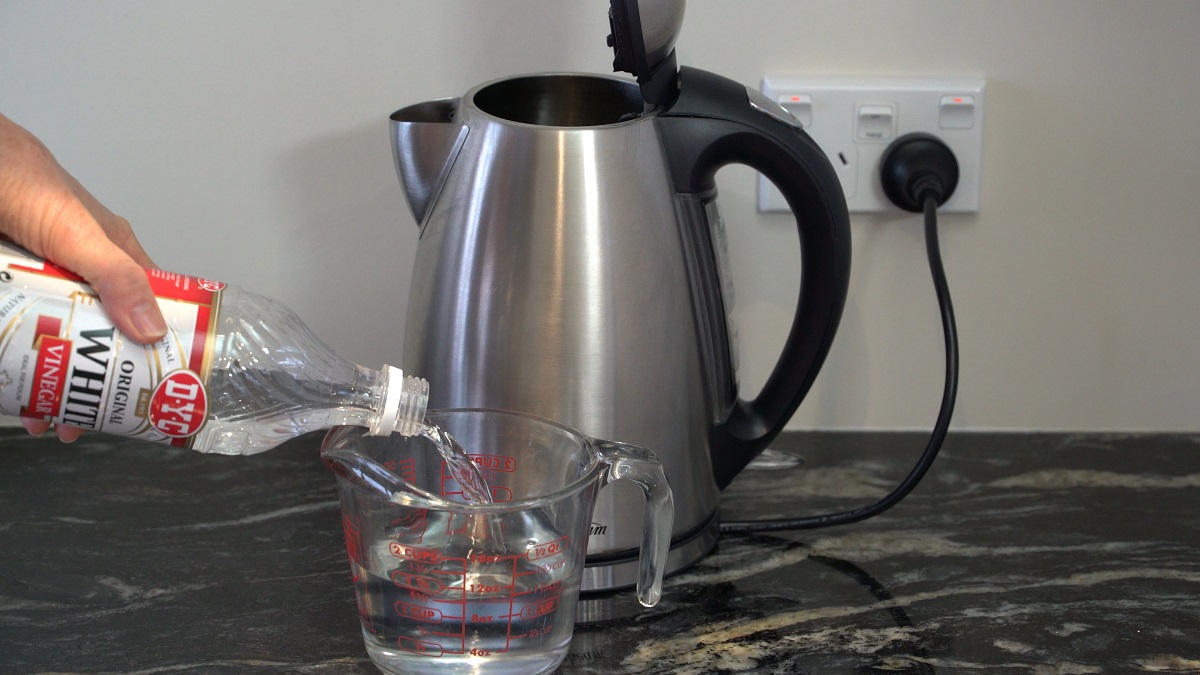
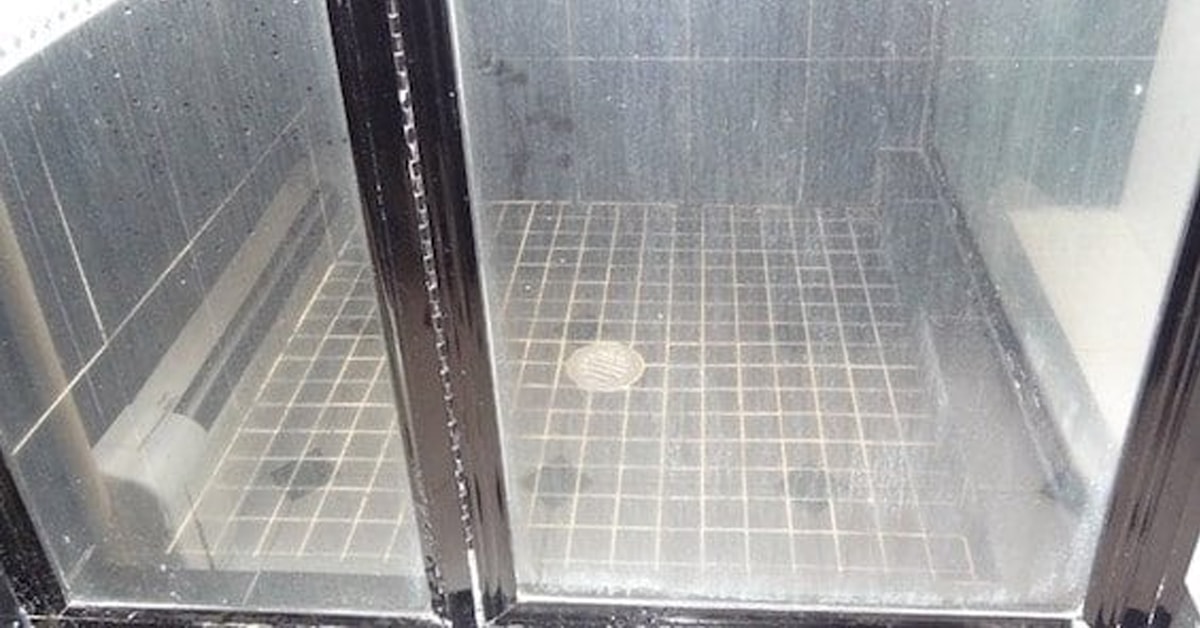
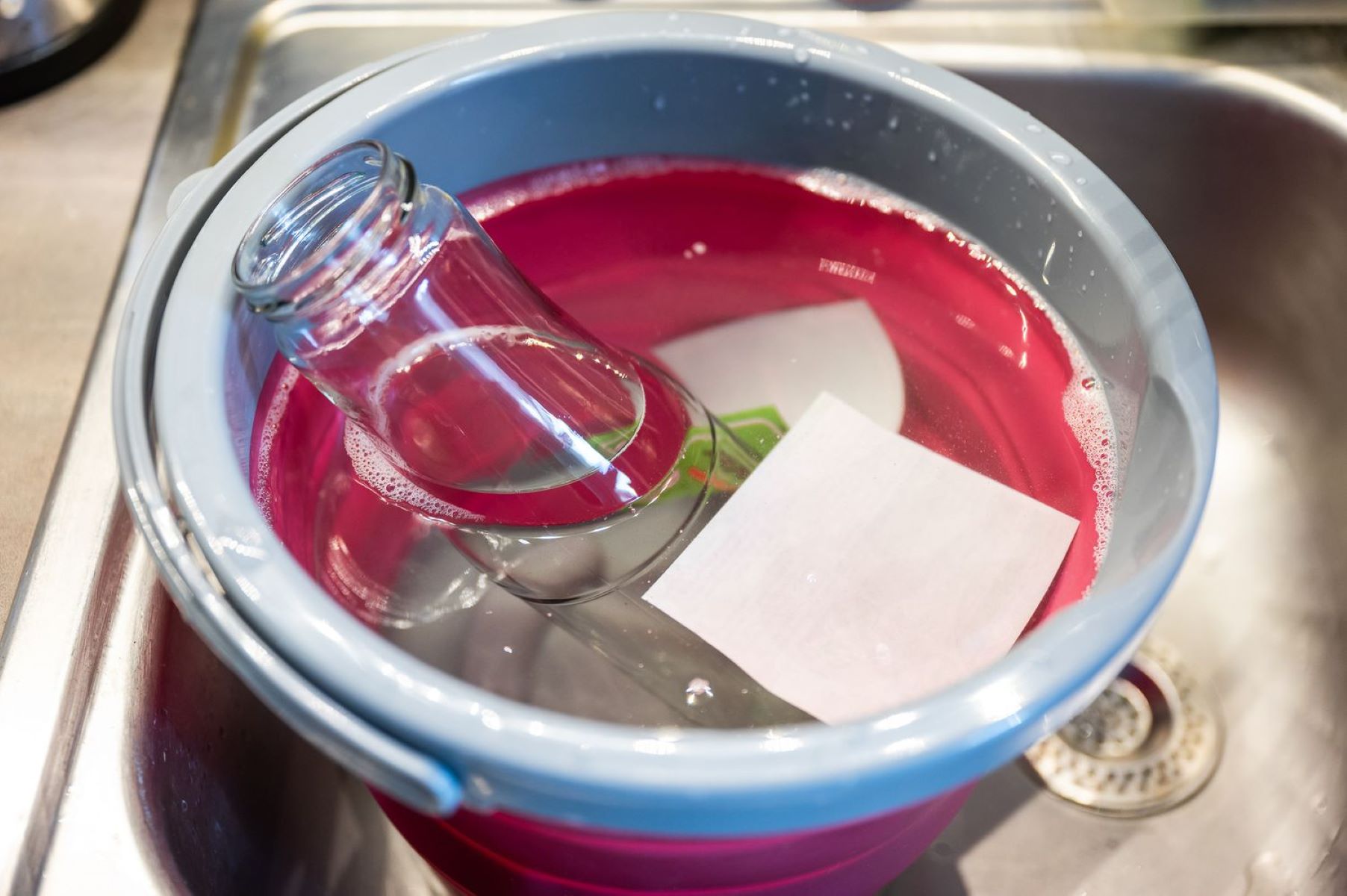
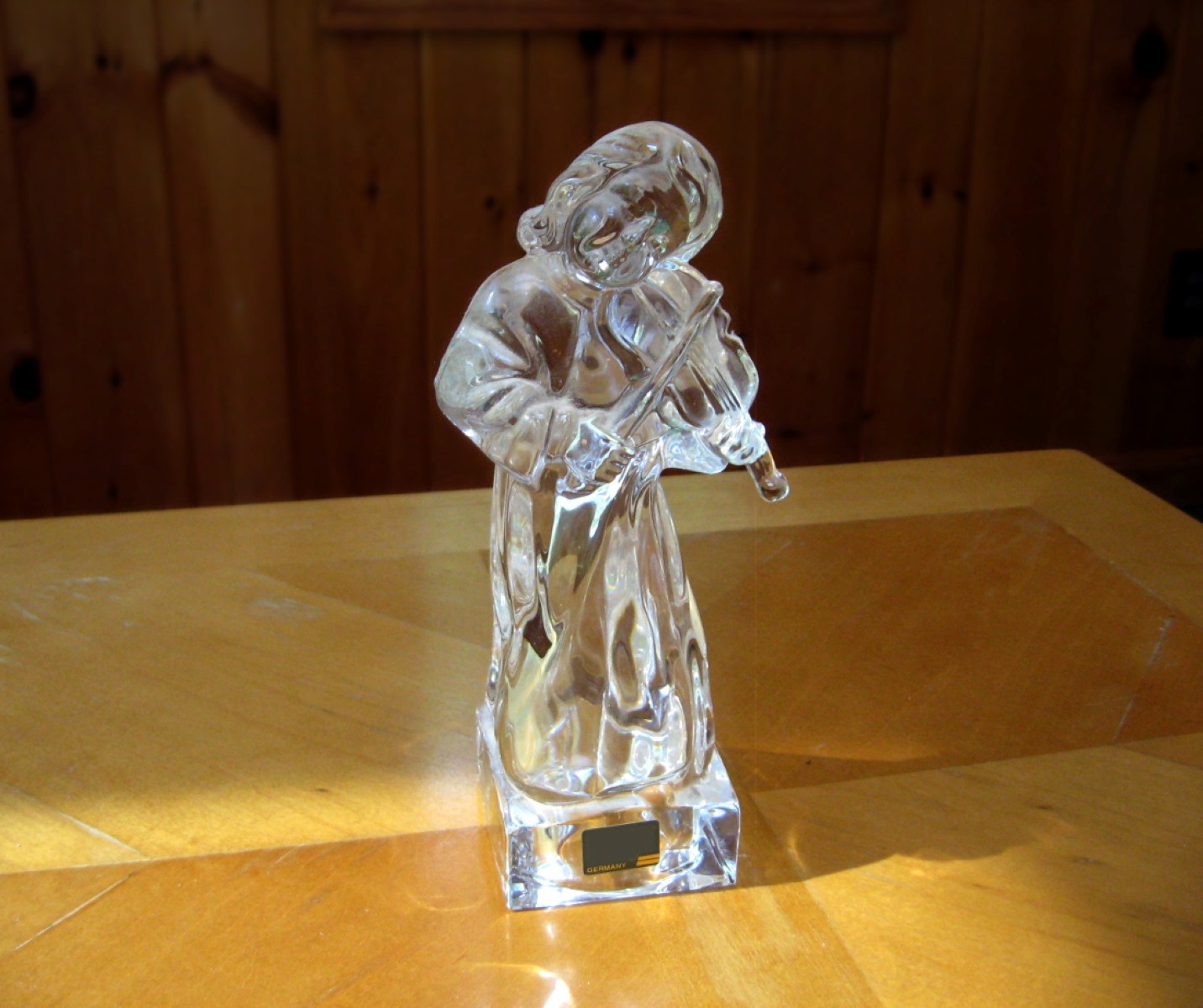
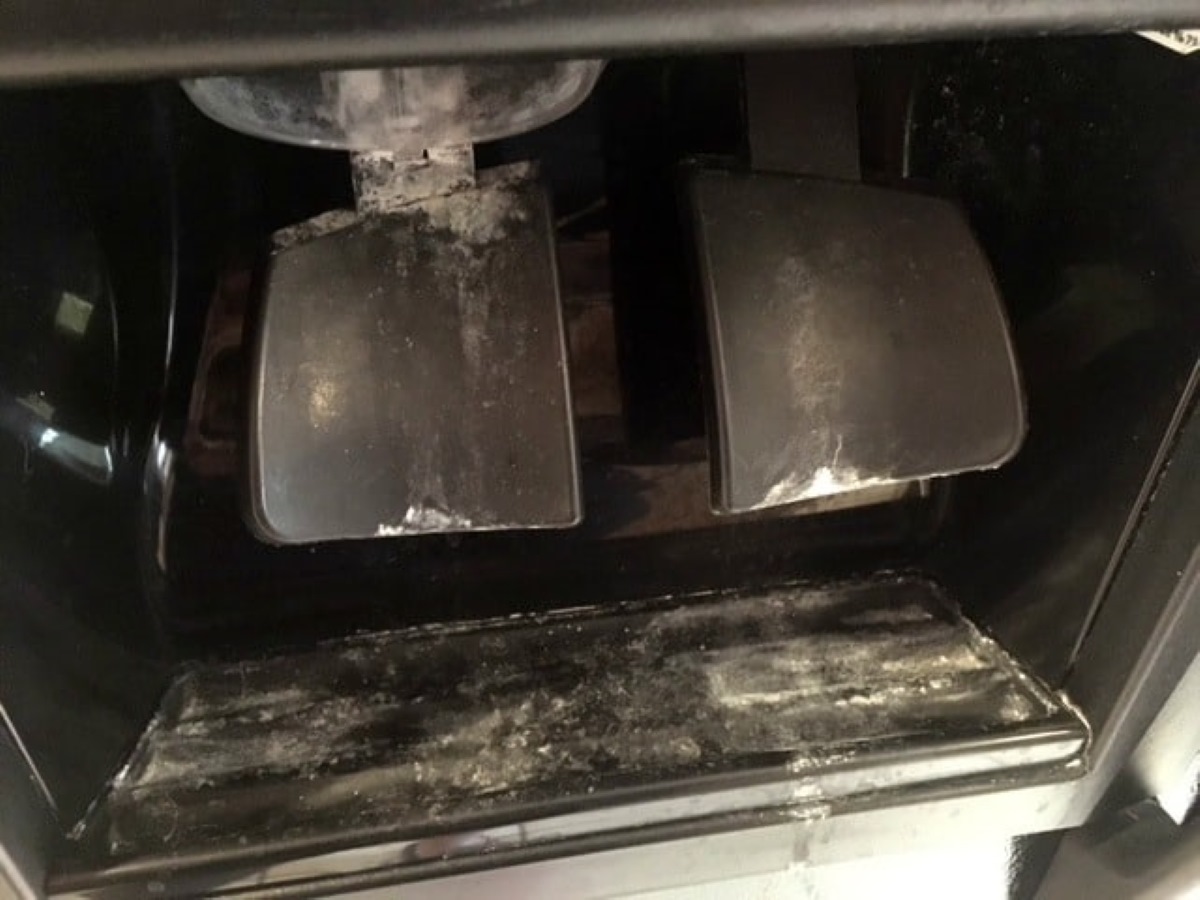
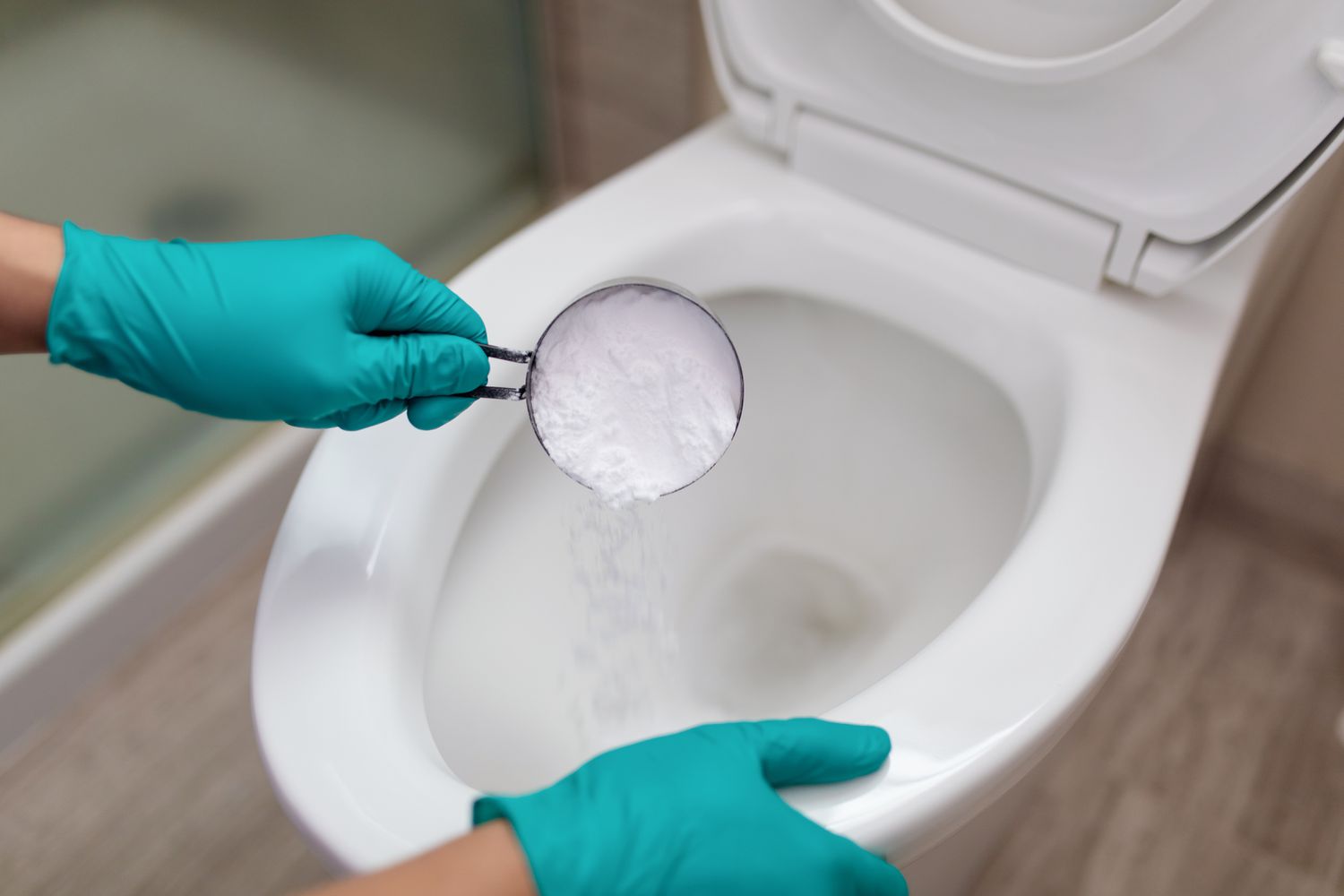
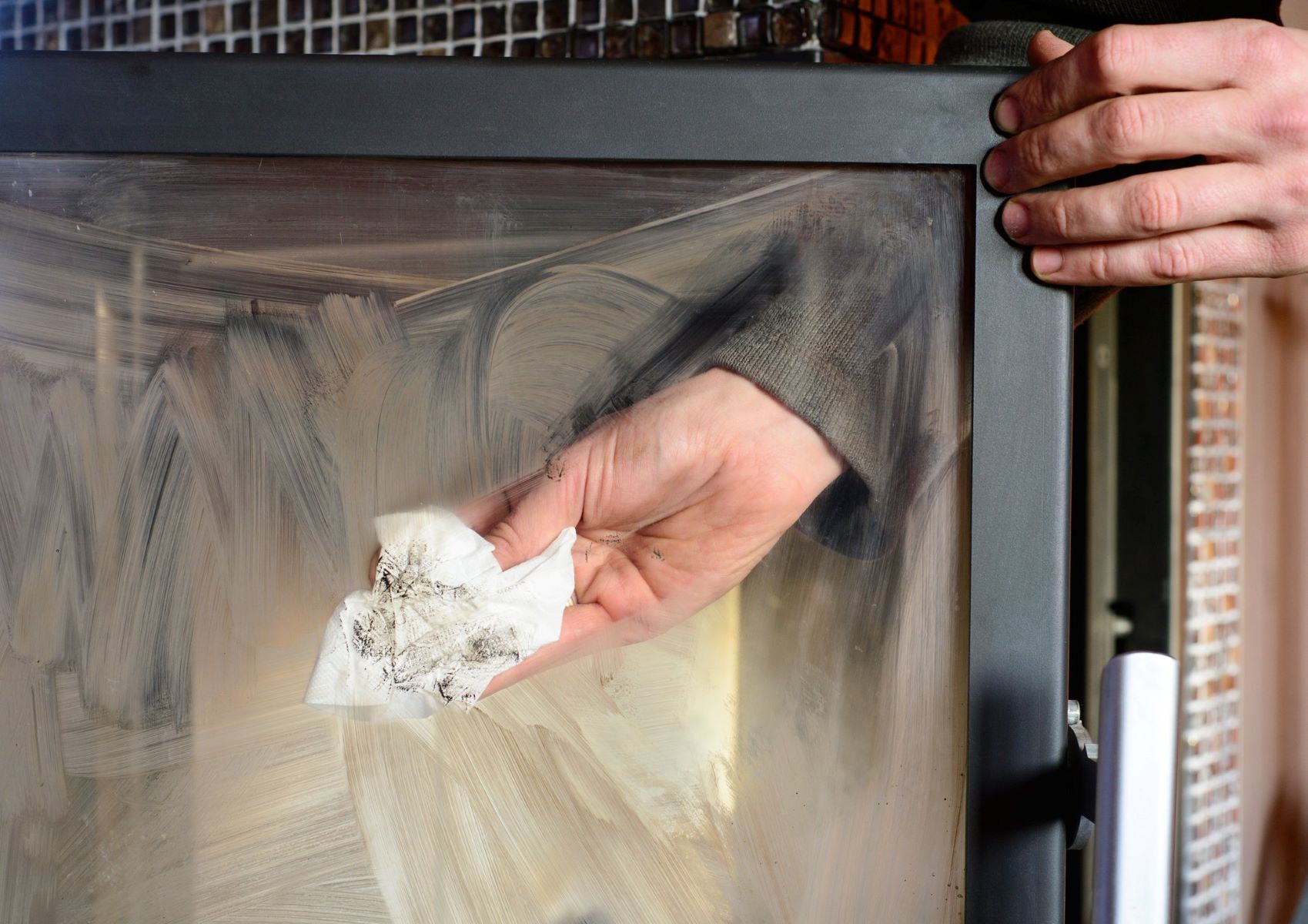
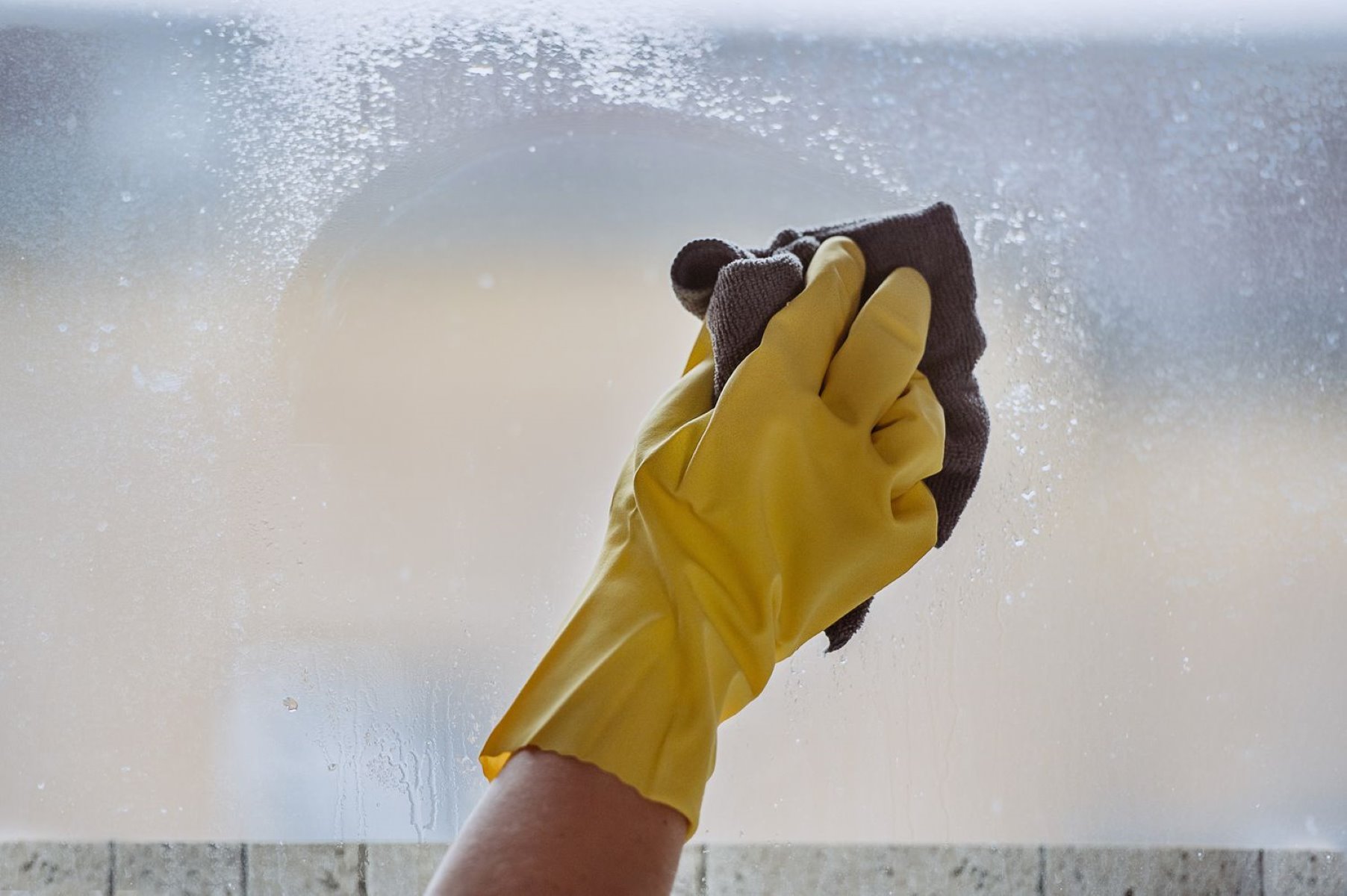
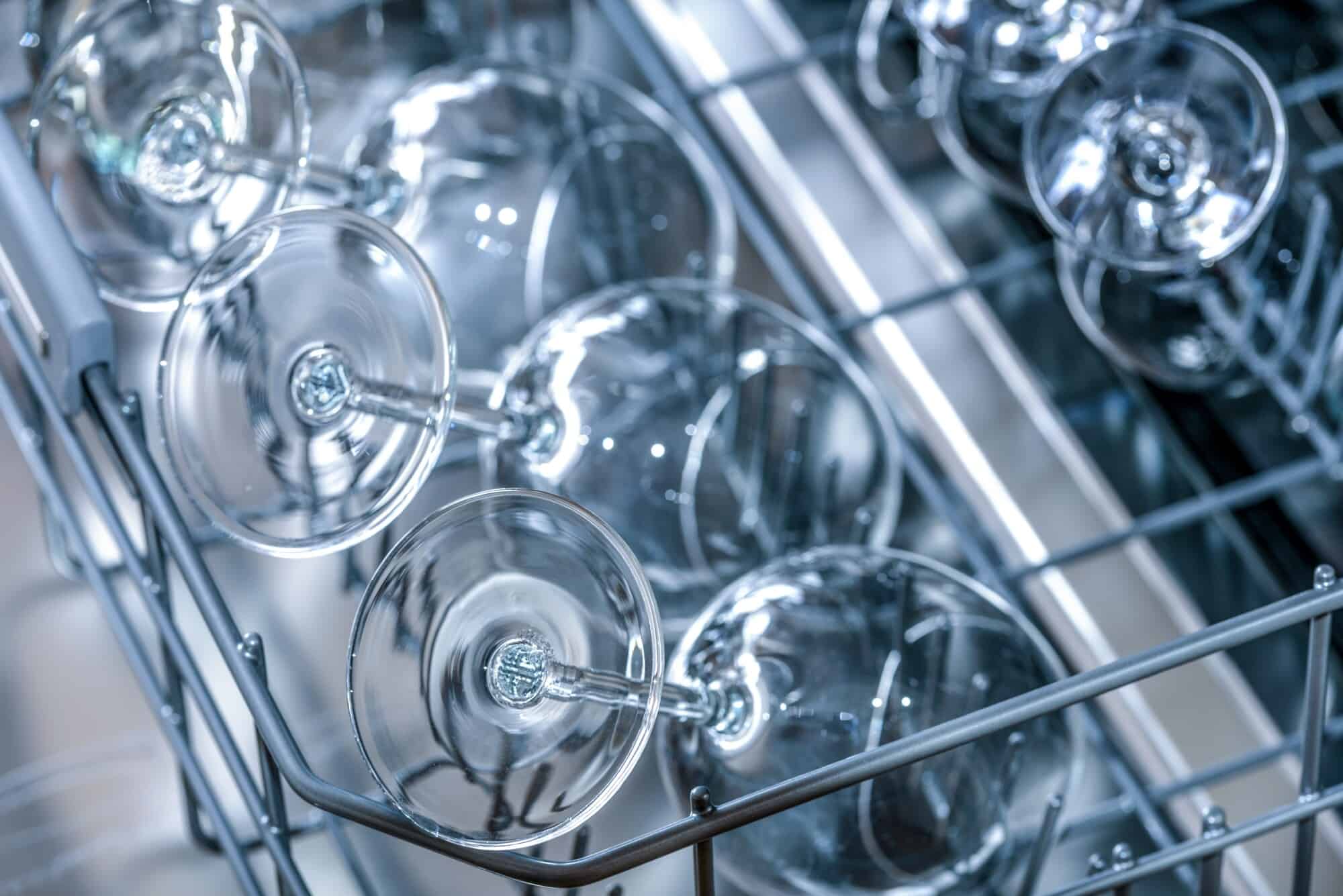

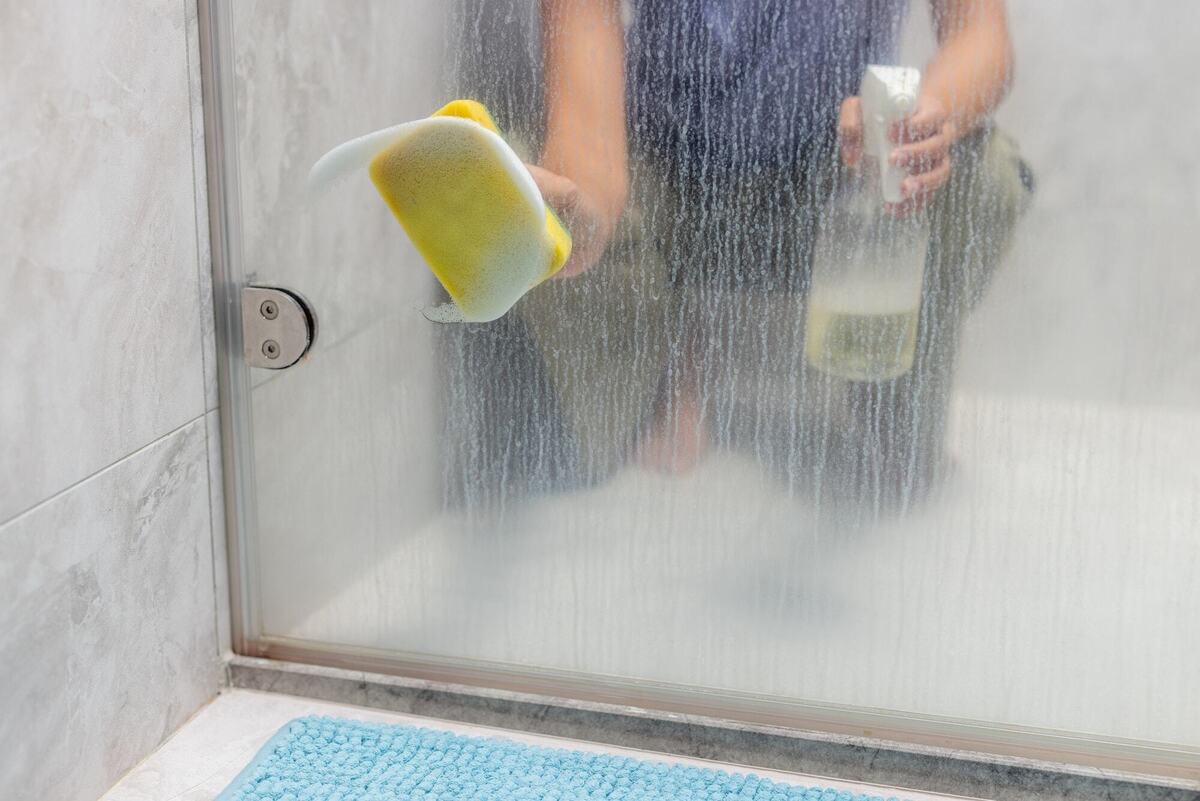

0 thoughts on “How To Clean Hard Water Off Glass”